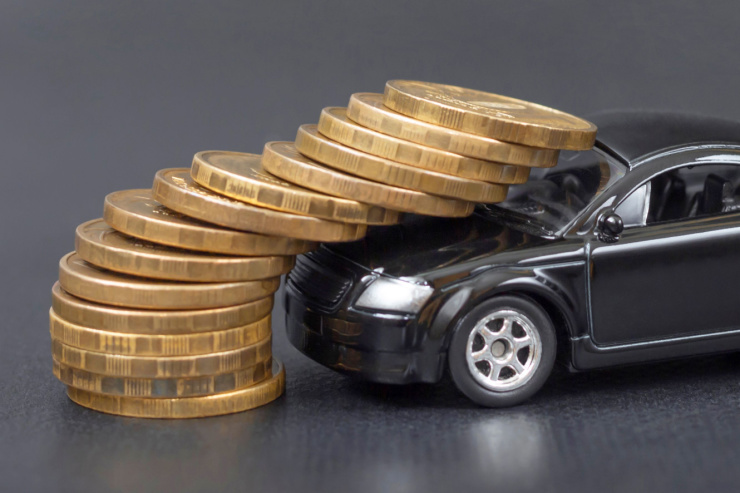A mix of high interest rates and inflated prices are creating a weird situation in which, despite high employment, Americans are increasingly defaulting on their auto loans. Ben Foldy reports for The Wall Street Journal:
Five years ago, there were a dozen models of new cars that sold for less than $20,000. In 2023, there was only one: the spartan Mitsubishi Mirage hatchback, which accounted for about 5,300 of the 7.7 million new vehicles sold in the U.S. in the first half of the year.
If you are willing to spend more than $100,000, you can choose from 32 models. For the average American, paying off a new car at current prices demands 42 weeks of income, according to data from Cox Automotive, up from around 33 before the pandemic.
Higher interest rates have made the situation more difficult for buyers. Today’s average new car loan has a monthly payment north of $750, with an interest rate of 9.5%. For used cars, the average rate is above 13.7%, according to Cox. The average term for loans issued over the past three years is nearly six years, according to data from Experian.
These numbers could explain a mystery bedeviling auto lending. Seasonalized rates of severe delinquency for auto loans are the highest since at least 2006, but the jobs market is strong.
Automakers leaned into their pricing power during the pandemic, giving priority to selling more expensive vehicles and features as supply-chain issues constrained inventories and shoppers had more savings from pandemic stimulus packages. They have continued to boost prices. General Motors said last month that the average price paid by its buyers rose 3% quarter over quarter, to $52,000.
So far, higher prices have been a positive for automakers and dealers. Share prices for public dealership groups have surged this year. Automakers have generated profits that they can put toward their expensive transition to electric vehicles. The large dealerships have made big profits from their parts and service businesses as drivers hold on to cars for longer.
But there are signs that the market might already be struggling to sustain itself. If consumers rebel against the higher prices, sales—which so far have been stronger than expected—could slow, particularly among the pricey vehicles that have been generating most of the industry’s profits. And consumers who want to trade in their vehicles might be disappointed with the prices they get.
And among those who braved the market at its highest prices last year, many are already struggling to keep up with their payments. The performance of loans issued in the first half of last year at the peak of the price surge has been especially poor.
Read more here.

